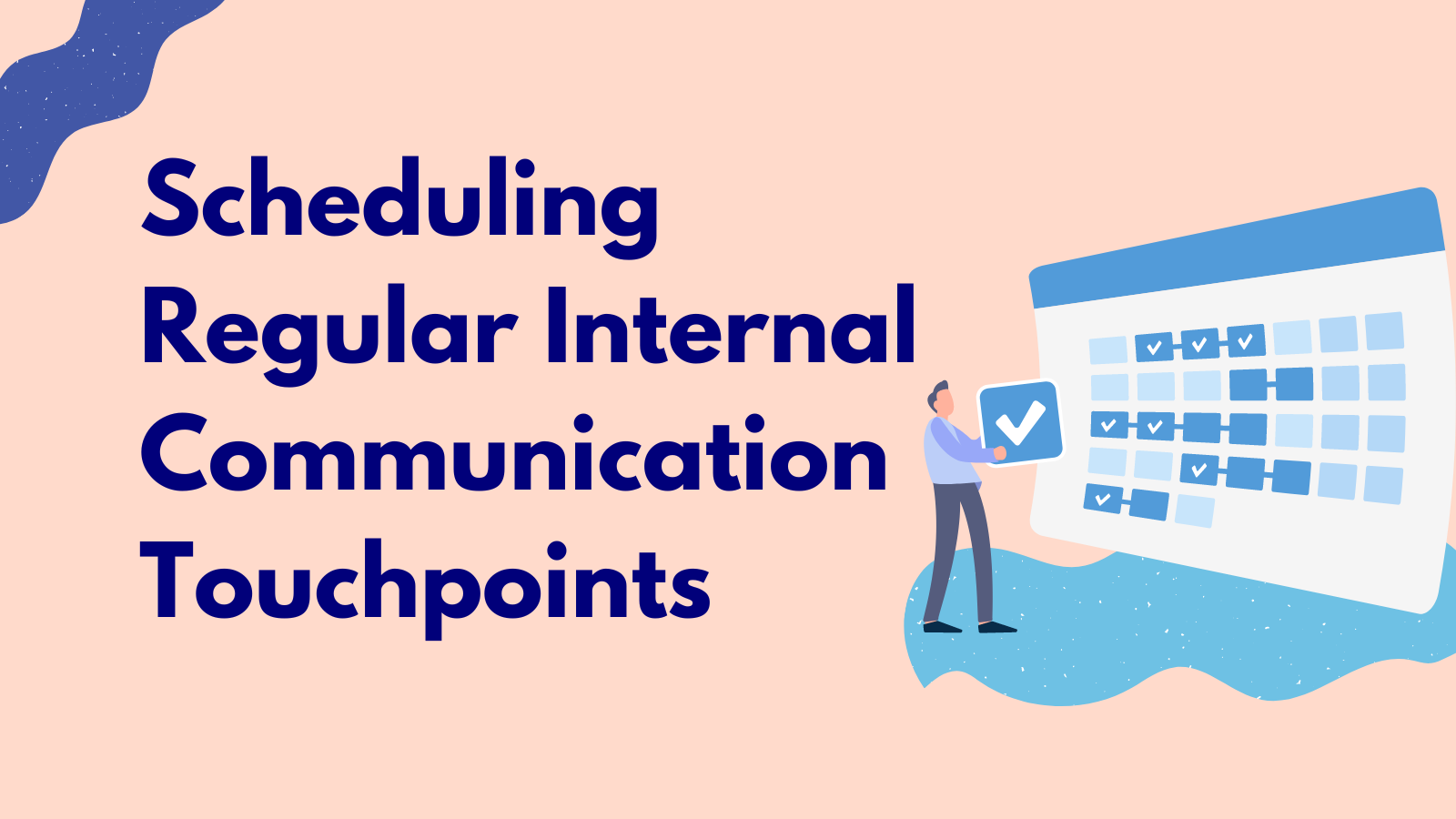Internal communications play a crucial role in keeping employees informed, engaged, and aligned with the goals and values of the organisation. However, it can be challenging to measure the impact of your internal communications initiatives. That’s why it’s important to have a systematic approach to evaluating your efforts.
In this article, I will discuss various methods for evaluating internal communications, including surveys, focus groups, metrics analysis, and more. By using these methods, you can gain valuable insights and make data-driven decisions to improve your internal communications strategy.
Key Takeaways
- Surveys and questionnaires are effective methods for gathering data on employee satisfaction and identifying communication gaps.
- Content analysis is a valuable tool for examining written, verbal, or visual materials to identify themes and patterns.
- Metrics for effectiveness, such as key performance indicators (KPIs), help assess the impact of communication strategies and identify areas for improvement.
- Employee feedback sessions and continuous improvement strategies based on feedback foster collaboration, inclusiveness, and innovative solutions for better communication practices.
Survey-based Methods
Survey-based methods are commonly used in evaluating internal communications. These methods involve the use of surveys or questionnaires to gather data from employees regarding their satisfaction with internal communication practices and the overall effectiveness of these communications within the organisation.
By collecting feedback through surveys, organisations can gain valuable insights into areas that may need improvement, identify communication gaps, and measure employee satisfaction levels. Surveys allow for a systematic approach to gathering information, ensuring that all relevant aspects of internal communications are addressed.
Additionally, survey-based methods provide an opportunity for employees to express their opinions freely and anonymously, promoting a sense of freedom and openness in the evaluation process. This method allows organisations to make data-driven decisions based on objective feedback from employees, leading to more effective internal communication strategies.
Learn how to interpret employee feedback on internal communications.
Content Analysis
Content analysis is a systematic and objective approach used to analyse the content of internal communications. It involves examining written, verbal, or visual materials to identify themes, patterns, and trends. This method is commonly employed in evaluating employee engagement and can provide valuable insights into the effectiveness of communication strategies within an organisation.
Some key features of content analysis include:
- Quantitative data: Content analysis allows for the collection of quantitative data that can be analysed using statistical techniques. Use these insights to improve your communication strategy.
- Objectivity: By following predefined coding rules and criteria, content analysis ensures objectivity in the interpretation of data.
- Versatility: Content analysis can be applied to various forms of internal communications, such as emails, memos, social media posts, or meeting minutes.
- Longitudinal analysis: This method enables researchers to track changes over time by comparing content from different periods.
Social Network Analysis
Metrics for effectiveness provide a quantitative measure to assess the impact and success of communication strategies within a social network. This evaluation helps organisations to identify areas of improvement and make informed decisions regarding their internal communications.
Additionally, identifying communication bottlenecks allows organisations to pinpoint specific areas where information flow is hindered, enabling them to implement targeted solutions to improve overall communication efficiency.
Related: What is Internal Communications and how do you do it?
Metric for Effectiveness
One possible approach to evaluating the effectiveness of internal communications is through the use of key performance indicators (KPIs) that measure employee engagement and information retention. This allows organisations to assess the impact of their communication strategies on employees’ level of involvement and understanding.
When selecting KPIs, it is important to consider metrics that capture both quantitative and qualitative aspects of employee engagement and message retention. Some potential KPIs include:
- Employee satisfaction surveys: These can provide insights into how well employees feel informed and engaged with internal messages.
- Message open rates: Tracking the percentage of employees who open internal communications can indicate their level of interest and attention.
- Knowledge assessments: Assessing employees’ understanding of key messages helps determine if information is being retained.
- Employee feedback channels: Monitoring feedback from employees through various channels, such as suggestion boxes or online platforms, can gauge the effectiveness of internal communications.
Implementing these KPIs enables organisations to evaluate and improve their internal communication strategies, ultimately leading to a more engaged workforce and better message retention. Discover how to measure and improve your internal communications with this guide.
Identifying Communication Bottlenecks
Identifying communication bottlenecks requires a systematic analysis of the flow of information within an organisation, pinpointing areas where messages may become delayed or distorted in their transmission. Communication flow refers to how information is exchanged and disseminated throughout an organisation. It involves the movement of information between individuals, departments, and levels of hierarchy. Bottlenecks can occur when there is a breakdown in this flow, leading to delays or distortions in the communication process.
One common cause of communication bottlenecks is information overload. When individuals are bombarded with excessive amounts of information, it becomes difficult for them to process and respond to all messages effectively. This can lead to delays in communication as individuals struggle to prioritise and manage the influx of information.
To identify communication bottlenecks, organisations can conduct surveys or interviews to gather feedback from employees about their experiences with communication processes. Additionally, analysing data on response times and message delivery can provide insights into areas that may need improvement.
Employee Feedback Sessions
Employee feedback sessions have been suggested as a valuable method for evaluating internal communications. These sessions provide employees with the opportunity to express their opinions, concerns, and suggestions regarding the communication processes within an organisation. By incorporating brainstorming techniques, continuous improvement strategies can be implemented based on the feedback received.
The following benefits of employee feedback sessions make them a worthwhile endeavour:
- Encourages open dialogue and collaboration among employees.
- Helps identify areas of improvement in internal communication practices.
- Fosters a sense of inclusiveness and empowerment among employees.
- Facilitates the development of innovative ideas and solutions through collective thinking.
Key Performance Indicators (KPIs) Tracking
Tracking Key Performance Indicators (KPIs) provides organisations with a quantitative means to assess the effectiveness of their communication strategies and identify areas for improvement. KPIs are measurable values that indicate the performance of specific business objectives. By monitoring KPI trends, organisations can gain valuable insights into the success of their internal communications efforts.
This data-driven approach allows businesses to make informed decisions and allocate resources effectively. Furthermore, data visualisation plays a crucial role in presenting KPI information in a clear and concise manner. Visual representations such as charts, graphs, and dashboards enable stakeholders to quickly understand complex data sets and identify patterns or anomalies.
Effective data visualisation enhances decision-making capabilities by providing a visual context for understanding and interpreting KPI trends. Overall, tracking KPIs and utilising data visualisation techniques empowers organisations to optimise their communication strategies for maximum impact.
Related: Learn how to develop an Internal Communications Strategy.
Examples
Here are some examples of organisations that have effectively utilised key performance indicators (KPIs) and data visualisation techniques to optimise their communication strategies. These examples offer valuable insights into best practices for evaluating internal communications.
- Organisation A improved employee engagement by implementing KPIs such as open rates, click-through rates, and response rates for internal emails.
- Organisation B used data visualisation tools to create visually appealing dashboards that displayed real-time metrics on employee satisfaction, productivity, and knowledge sharing.
- Organisation C conducted surveys to measure the effectiveness of their internal communication channels and used the feedback to make improvements.
- Organisation D implemented KPIs focused on social media engagement to gauge the impact of their external communications on internal stakeholders.
By following these best practices, organisations can enhance their internal communication efforts and achieve greater success in engaging employees and achieving organisational goals.
Conclusion
In conclusion, there are several effective methods for evaluating internal communications in organisations.
- Survey-based methods provide valuable insights through data collection and analysis.
- Content analysis allows for a detailed examination of communication content to identify patterns and themes.
- Social network analysis helps understand the flow of information within an organisation.
- Employee feedback sessions facilitate open dialogue and constructive feedback.
- Key performance indicators tracking measures the impact of internal communications on organisational goals.
- Finally, case studies and success stories provide real-life examples of effective communication strategies.
Employing these methods can lead to improved internal communications and organisational success.




